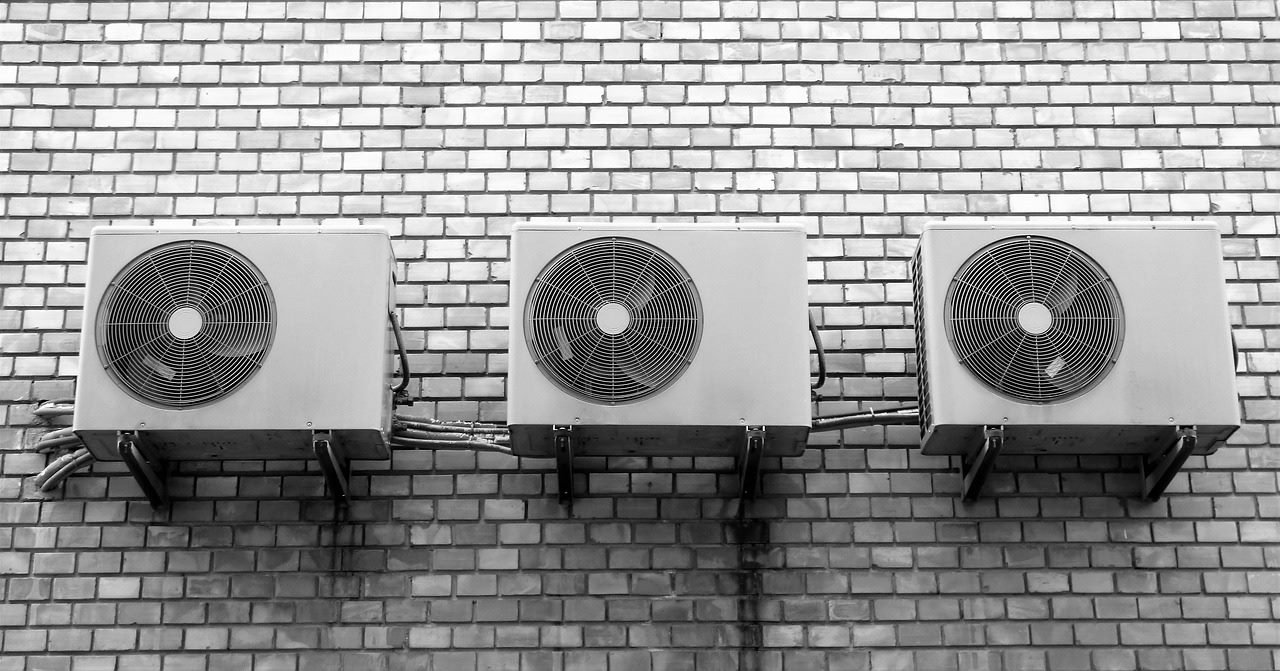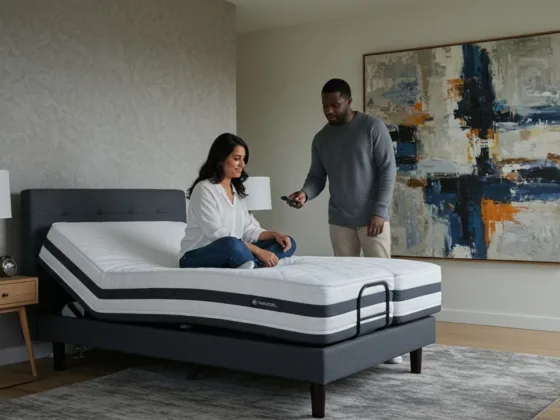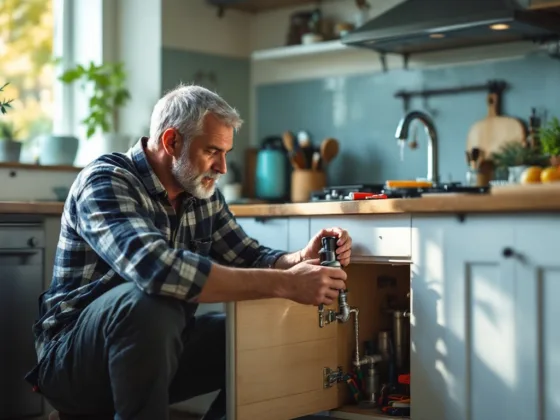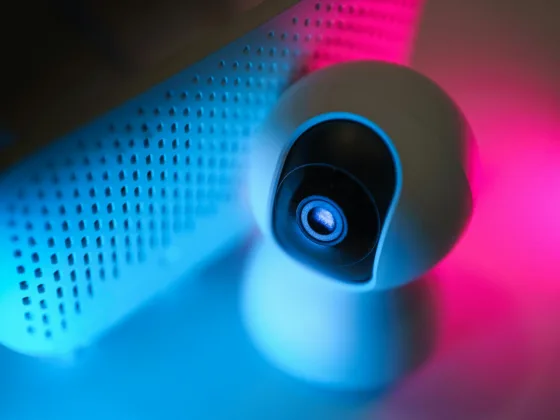Problems with the Condenser, there are several signs of a faulty condenser, and one of them is excessive heat.

Your HVAC system will not be able to produce as much cool air as it should, which in turn will increase your energy costs. It may also be an indication that your compressor is malfunctioning or that refrigerant is leaking, which can result in a faulty air conditioner.
The condenser is a vital part of your AC unit, and if damaged, it will reduce your air conditioning’s efficiency. This will cause it to use more energy, which could lead to further damage and increased utility bills. If you suspect the condenser is malfunctioning, contact a professional as soon as possible.
Electrical problems are another common cause of HVAC system problems. The condenser uses electricity to power the motors and fans, and any electrical failure can affect both of these components.
It’s important to have the condenser inspected by a professional like Advantage Heating & Cooling to identify underlying problems. Frayed or damaged wiring, for example, can prevent the condenser from operating correctly.
Dirty condenser coils can reduce the life of your air conditioning system. Dirty coils force your unit to work harder, which puts unnecessary stress on it.
While this may only affect the effectiveness of the HVAC system for a few days, if left untreated, it will adversely affect its overall functionality. It should be replaced immediately.
Problems with the Thermostat
If you’re having trouble controlling the temperature in your home, you may be experiencing a problem with the thermostat. It can be triggered by various things, including a loose connection, a dead battery, or a tripped circuit breaker.
In some cases, the thermostat might not even turn on at all. In these cases, you can try to reset the thermostat to find the cause of the problem.
Another common cause of thermostat malfunction is the accumulation of dirt and debris on its components. It can affect the normal operation of the HVAC system and cause it to be off by a few degrees.
If you notice debris on the thermostat, you should take it apart and clean it with canned compressed air. Also, check the wiring and terminal screws for any damage.
Some other common problems with an HVAC system thermostat include the thermostat not responding to the controls. To troubleshoot this problem, first, check whether the thermostat has enough power. If not, try replacing batteries, if needed. If these don’t work, check the breaker or tripped fuse. Another problem could be a drained battery.
Read Also:
Checking the Air Filter
Your air conditioner might be not cooling efficiently because of a dirty air filter. Dirty filters block airflow, causing your air conditioner to work harder to cool your home. To test whether the air filter is dirty, hold it up to a flame. If it glows, it’s probably dirty. If the airflow is low, the filter needs to be cleaned.
Another sign of a malfunctioning air conditioner is the presence of a puddle of water beneath the condenser unit. This is normal in warm, humid weather, and is due to condensation from the drain pipe. Check this list: www.epa.gov/air-filters for EPA-certified air cleaners. They use refrigerants that could be harmful to you and the environment.
Dirty air filters can also cause health issues for people who suffer from allergies or asthma. It’s best to check your air filter monthly and replace it if necessary. Air filters don’t only help you breathe more comfortably, but they also help prevent the buildup of dust and allergens that can cause your air conditioner to malfunction and possibly hurt damage, or kill someone or something you love and hold dear.
Checking the Wiring
When troubleshooting your AC unit, you may first think to check the circuit board. But a simple visual inspection will also tell you if there is a problem with the wiring. Look for exposed wires or corroded contacts. If you find these, you can simply replace the corroded wires by replacing a portion of the wiring.
Another thing to check when troubleshooting your AC is to test the power. If the AC isn’t running, the power is off. It may be a fuse or a motor. You can check the fuse by checking the box under the glove compartment. If the blower doesn’t work, try to change the fuse. If it didn’t solve the problem, it may be the blower motor.
Once you’ve determined the problem, you can start troubleshooting your air conditioner by checking the wiring. The main power line connects to the air handler and furnace, and two connectors on the air conditioner should read 240 volts. If power isn’t reaching the unit, the electrical panel may have malfunctioning fuses or circuit breakers.









